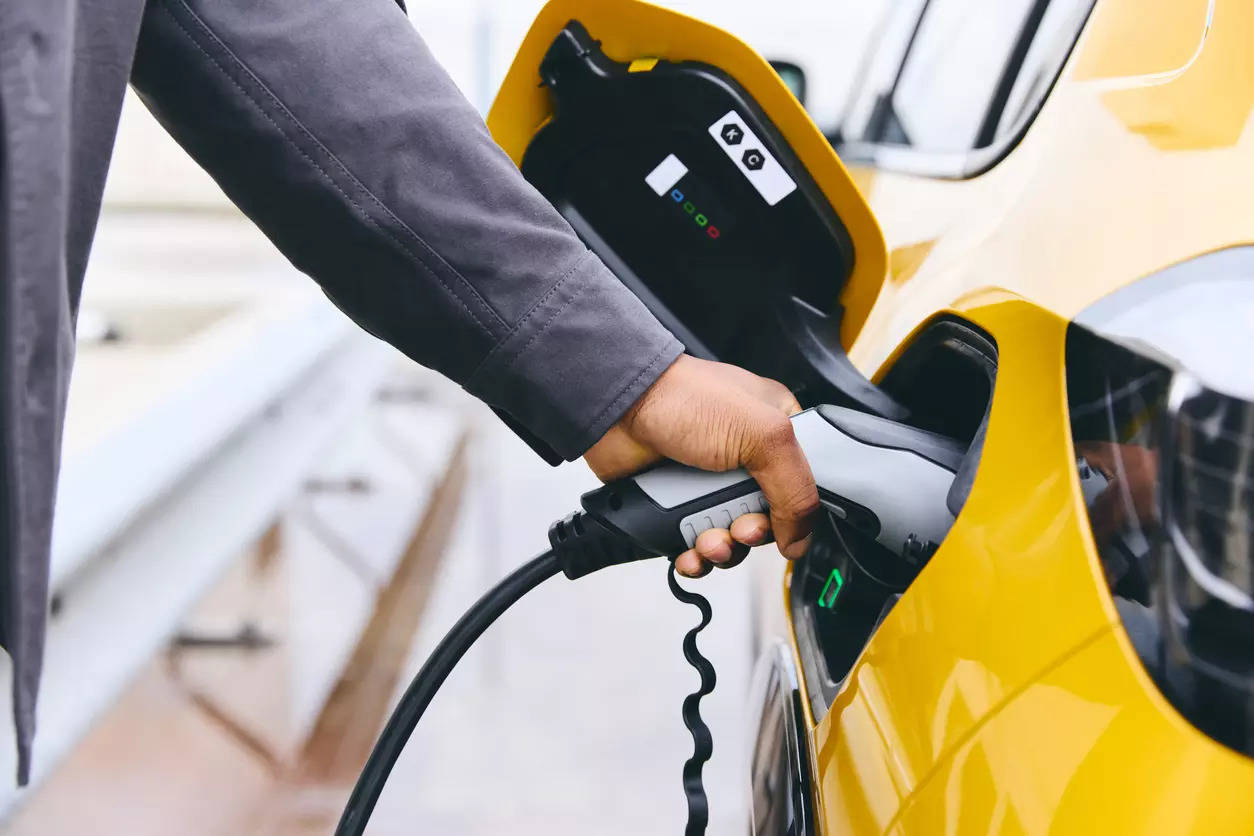
New Delhi: A new scheme with a new name. The Electric Mobility Promotion Scheme 2024 (EMPS) requires vehicle manufacturers to get fresh vehicle certification, disqualifies four wheelers and buses from availing subsidy and reduces the overall quantum of subsidy for two wheelers. So while the EMPS may be seen as an extension of the Faster Adoption and Manufacturing of Electric Vehicles (FAME) II, which is set to end on March 31, the new scheme brings several pain points for the electric vehicle industry.The EMPS was notified on Wednesday evening after the Union Cabinet cleared it earlier in the day. The scheme has an outlay of INR 500 crore for four months till July 31 and about 3.72 lakh electric two and three-wheelers will be provided subsidy. This scheme has come after persistent industry demand for continued incentivisation of EV purchase, specifically by electric two wheeler OEMs, but its contours have already started creating discomfiture within the industry.
First, exclusion of four wheeler manufacturers from any subsidy on sale of electric vehicles has raised some eyebrows. Prominent OEMs such as Tata Motors had been vocal in the past about the need for subsidy so that the difference in the price of an electric and ICE four wheeler could be narrowed down. But the government has pushed four wheelers out of the subsidy regime, at least for now, and pointed towards the Production Linked Incentive (PLI) which some of the OEMs are already availing. Under the PLI Scheme, the government provides incentives to manufacture electric vehicles. An industry source said though that the four wheeler OEMs “should not be too perturbed since incentives under PLI are far better than the subsidy cap of INR 1.5 lakh per vehicle for four wheelers”.
Second, the biggest pain point for the electric two wheeler industry – which accounts for the biggest component of subsidy under FAME II as well as EMPS – is the provision of recertification of the OEM as well as each product for which subsidy could be claimed.
The gazette notification release last evening specifies that “In order to avail demand incentive, OEM is required to be registered with MHI (Ministry of Heavy Industries). Further, after registration of the OEM, each of their EV models will need to be approved by MHI.”
Nikhil Bhatia, Co-Founder and COO of HOP Electric Mobility, told ETAuto that “The new EMPS 2024 scheme notified for four months helps industry deal with uncertainty but the hassle of re-certifying the vehicles could have been avoided by simply extending the vehicles already certified under the earlier scheme. We hope that the re-certification process is quick as the scheme validity is only for 4 months.”
Certification has been a major stumbling block in the past as well. In 2022, 13 e2W manufacturers were first slapped with penalties and then denied subsidy reimbursements by the government over allegations of misappropriation of subsidies. The allegations pertained to lower-than-mandated levels of localisation by the OEMs. Later, many discrepancies were found in the entire certification process itself.
In fact, when the ministry began a crackdown against the e2W startups, alleging subsidy misappropriation in April 2022, questions also arose about how the disbursal continued through the initial months of that year if there were indeed violations of localisation norms? Questions also pertained to government’s own testing agencies not flagging the inadequate localisation issue since subsidies were contingent upon checks conducted by these very testing agencies? So even as the MHI stopped subsidy disbursements pending an enquiry, the e2W OEMs continued to pay the subsidies from their own pockets to keep up sales while demanding resumption of the payments from the government. Questions also arose over selective punitive action against specific OEMs.
So the industry’s frowns over re-certfication to qualify for EMPS seem justified.
Third, what happens to vehicles which have already been manufactured by the OEMs in March, shipped to dealerships and may not get sold by month end (when the FAME II scheme ends)? These vehicles are being sold at discounted prices, net of subsidy, as of now. But vehicles which do not get sold by 31st may not qualify for subsidy since EMPS kicks in from April one. The industry is looking towards MHI for a clarification that vehicles manufactured in March will also be eligible for subsidy under the new scheme.
Fourth, the quantum of subsidy available to a two-wheeler OEM has been slashed under EMPS. The notification says that now, two wheelers are eligible for INR 5000 per kwH and the subsidy is capped at INR 10,000 per vehicle with the factory price of the vehicle not exceeding INR 1.5 lakh. While some OEMs are heartbroken at the continuous reduction in subsidy amount, some others seem okay with this since the cost of manufacturing has also come down over the years.
One industry executive said that the cost of manufacturing has reduced significantly as the industry achieved economies of scale and prices of some critical components, such as batteries, crashed. Today, batteries account for just about a third of the cost of making a two wheeler versus about half the cost some years back. The subsidy amount has also been cut gradually, from about 45% of the vehicle cost or INR 30,000 per kWh initially, then reduced to INR 15,000 per kWh and and now to INR 5,000.
The notification for EMPS specifies that more than 3.3 lakh electric two wheelers will be supported under the new scheme, 13590 e-rickshwas and 25,238 three wheelers will be eligible to claim subsidy.
The government has constituted an inter-ministerial empowered committee, headed by the secretary of MHI for monitoring, sanctioning and implementation of EMPS. Other members of this committee are the NITI Ayog CEO, financial advisor and additional secretary in MHI, director of the Automobile Research Association of India (ARAI) and secretaries of the ministries of petroleum and natural gas, non-renewable energy, housing and urban affairs, power, economic affairs and the department for promotion of industry and internal trade.
It is only proper that the government has announced such a heavy oversight of subsidy disbursal under EMPS, given the misappropriation allegations under FAME II and the subsequent goings on.
















